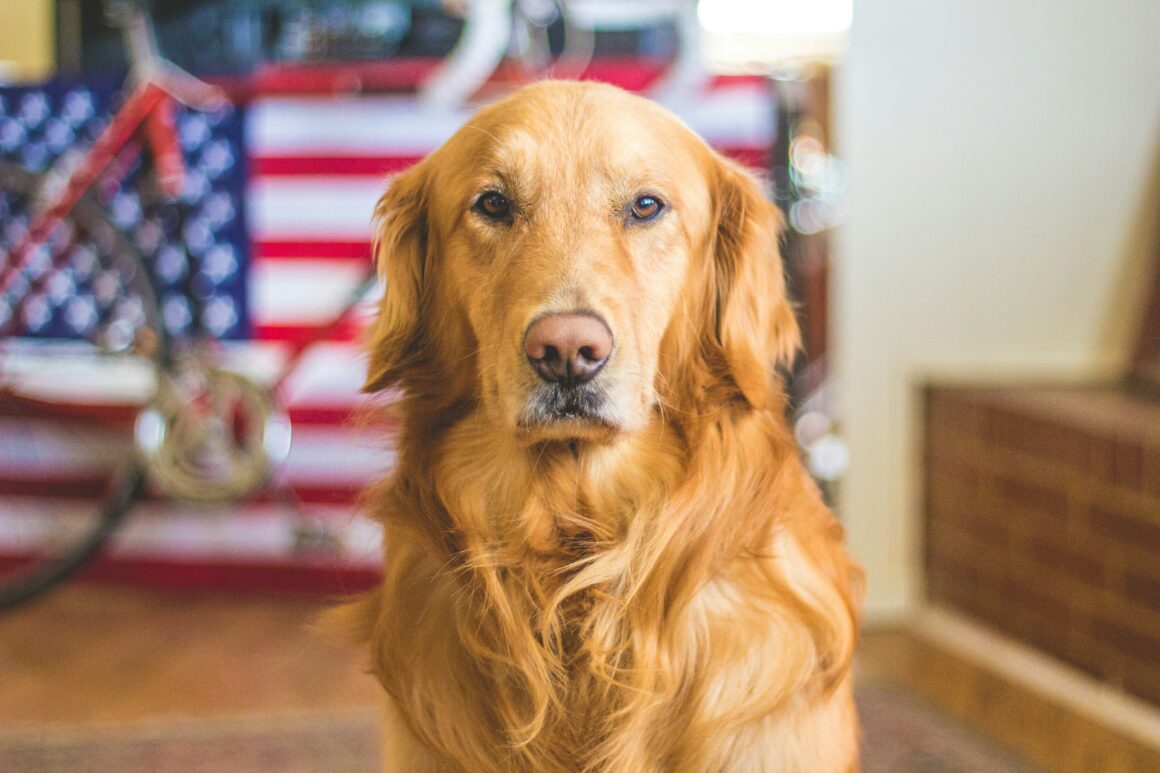For students battling the ever-increasing costs of college tuition, many are forced to choose between higher education, and their physical wellbeing. It’s alarming that a growing number of students are opting for the less obvious choice, school, over livelihood. Almost as alarming as the fact that, on a systemic level, virtually nothing is being done to combat this.
Too often college students have become the subject of jokes, usually for the way they have to resort to outlandish means to operate on a lower budget. Online platforms have even published “hacks for college kids” that usually involves things like using pizza boxes as dust pans, surviving on ramen noodles, or turning disposable cups into iPhone speakers.

Even though students have begun to poke fun at their own expense, an average tuition increase of 129 percent in the last 20 years (accounting for inflation) is truly nothing to laugh at.
Due to course prices skyrocketing out of control, a sizable portion of the 69.7 percent of high school graduates enrolled in college elect to pass up additional fees of room and board, groceries and health insurance.
A recent survey conducted by researchers at Temple University and the Wisconsin HOPE Lab found that over 60 percent of college students are food insecure and 14 percent are homeless, a statistic not including those with housing insecurity.
The study was centered around psychologist Abraham Maslow’s Hierarchy of Needs, which states that humans are motivated to achieve needs according to their level of importance. Maslow theorized that a person would first be motivated to acquire things essential to their survival, such as food, water, sleep, shelter and sleep, before trying to attain secondary things like love or self esteem. Likewise the HOPE Lab conjectured that students couldn’t be expected to learn properly if their most basic needs weren’t being met.

Today more students are being pushed to attend college without considering if it is worth the debt. This is largely because well-paying jobs require some level of higher education in order to discriminate against candidates without degrees. In their desperation to attain a diploma at all costs, some students choose to forsake funding for their necessities, skipping straight to the top of Maslow’s pyramid.
As for healthcare, the lack of national information regarding insured students is part of the problem. Similar to food and housing insecurity crises on campus, it is unlikely that college websites will have any data on how their student’s lack of access to insurance is affecting them, and there aren’t any available censuses.
A 2017 poll administered by Agile Health Insurance revealed that over 70 percent of college students found it hard to obtain affordable healthcare. The Los Angeles Times reported in 2014 that one-third of California students were uninsured. Before Barack Obama passed the Affordable Care Act in 2010, an astounding 30 percent of people between the ages of 19 and 25 were uninsured.
According to a 2016 study done by a collection of university health officials and other experts, 8.7 percent of college attendees, almost 1.7 million students, are uninsured.
Currently, student loan debt has surpassed $1.53 trillion, and loan-servicer companies are profiting left and right off of this deficit. Without candidates such as Bernie Sanders proposing free or heavily discounted tuition, it is unlikely times will get better for students with an overwhelming amount of bills to pay– especially under the current administration.
While students shouldn’t have to decide between education and requisites for everyday life, these are the realities of American capitalism. Until the college student’s financial burden is lightened, they will have to turn to other means, such as on campus food pantries, homeless shelters, and reduced healthcare options like medicaid, for those who qualify.
Photo: Element5 Digital




